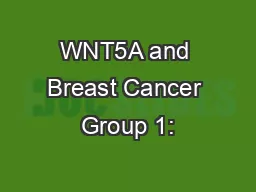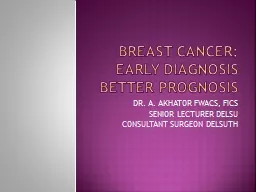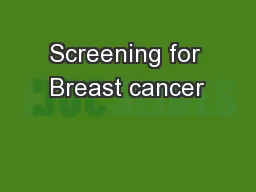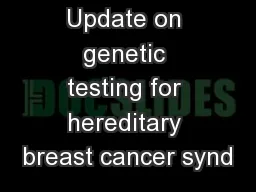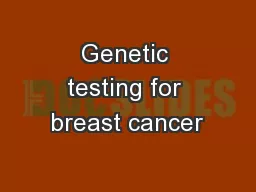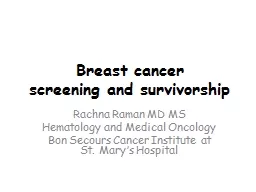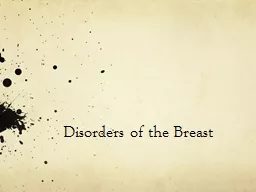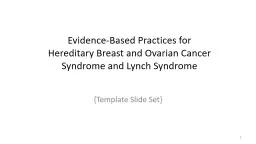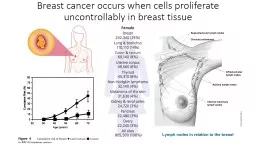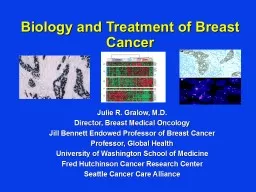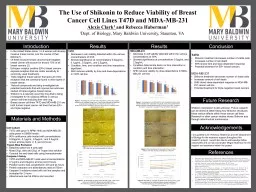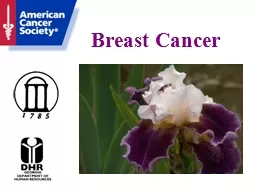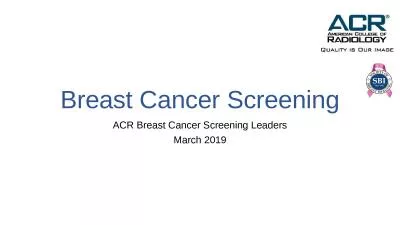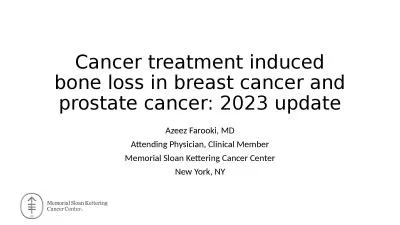PPT-WNT5A and Breast Cancer Group 1:
Author : calandra-battersby | Published Date : 2019-03-05
Matthew Beatty Brynn Cullander Melissa Frank Justin Ludwig Mosharaf Mahmud Syed Andrew Pierce and Ashton Sigler History Discovered in the 1984 by Roel Nusse and
Presentation Embed Code
Download Presentation
Download Presentation The PPT/PDF document "WNT5A and Breast Cancer Group 1:" is the property of its rightful owner. Permission is granted to download and print the materials on this website for personal, non-commercial use only, and to display it on your personal computer provided you do not modify the materials and that you retain all copyright notices contained in the materials. By downloading content from our website, you accept the terms of this agreement.
WNT5A and Breast Cancer Group 1:: Transcript
Download Rules Of Document
"WNT5A and Breast Cancer Group 1:"The content belongs to its owner. You may download and print it for personal use, without modification, and keep all copyright notices. By downloading, you agree to these terms.
Related Documents

